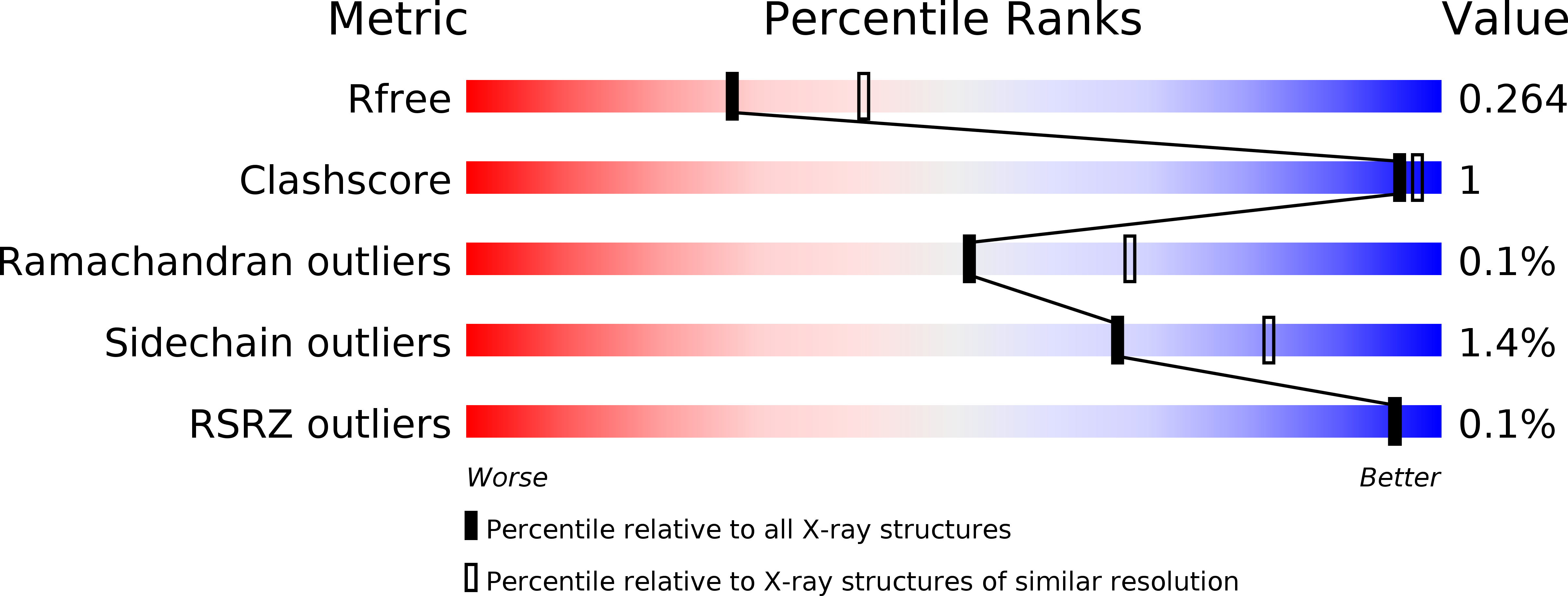
Deposition Date
2016-09-09
Release Date
2017-09-13
Last Version Date
2023-10-04
Entry Detail
PDB ID:
5T9G
Keywords:
Title:
Crystal structure of BuGH2Cwt in complex with Galactoisofagomine
Biological Source:
Source Organism:
Bacteroides uniformis (Taxon ID: 820)
Host Organism:
Method Details:
Experimental Method:
Resolution:
2.40 Å
R-Value Free:
0.25
R-Value Work:
0.20
R-Value Observed:
0.20
Space Group:
P 1


